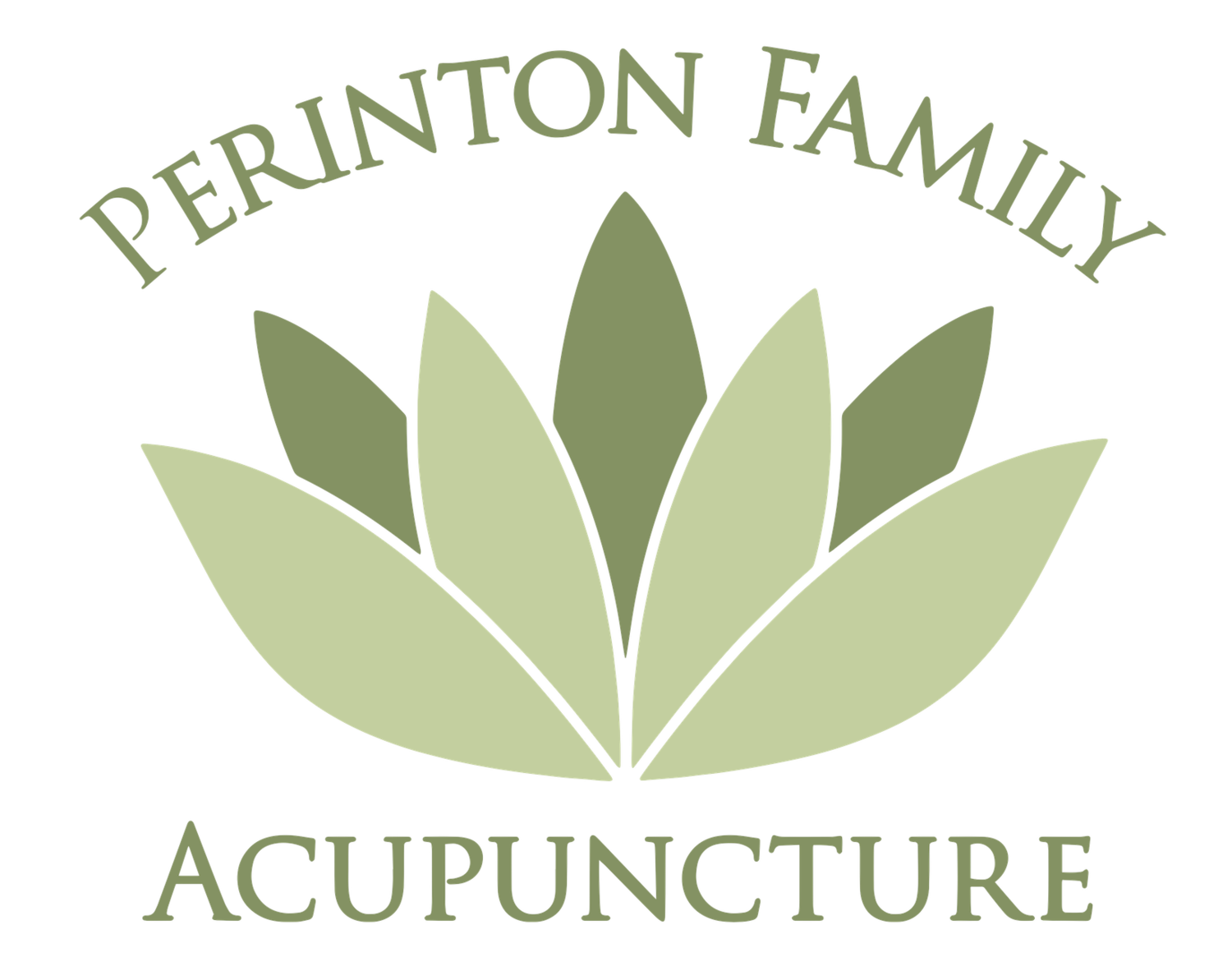Cupping and more
Adjunctive Treatment Therapies
These healing methodologies are applied to enhance acupuncture or used as stand alone treatments. They have been commonly utilized in China throughout the centuries and later introduced in parts of Europe. They have more recently been recognized and widely used as effective treatment modalities in the United States.
cupping
What is cupping?
Cupping is one of the external therapies in Chinese medicine that is used to treat pathologies by creating local suction with specially-made glass cups to either points or areas over the body surface. It is important for breaking adhesions, expelling cold pathogens, and promoting circulation.
conditions treated with cupping:
Cupping can be beneficial for back pain, shoulder pain, leg tightness and neck tension. Cupping is often used to help reduce chronic asthma, particularly in children. Facial cupping is applied gently to the face to help treat bell's palsy and for anti-aging treatments.
what to expect:
Cupping may be combined with acupuncture treatments or as a stand alone method. We use the traditional fire cupping to generate suction. Level of suction may be controlled for your comfort level. Only gentle suction (without fire) is utilized for any facial cupping we apply.
moxibustion
What is moxibustion?
Moxibustion (Moxa), an ancient form of Chinese medicine is an external heat therapy applied over an acupuncture point, meridian or an affected area of the body. Mugwort, is typically the east Asian herb that is burned in this healing modality. Moxa therapy is used primarily for warming, expelling cold, reducing pain and edema, promoting circulation, preventing disease and strengthening the body.
conditions treated with moxa:
Moxa is often used for arthritic pain, Raynaud's syndrome, nausea, urinary frequency and IBS. It is often helpful for women’s health concerns, particularly menstrual cramps, heavy menstrual bleeding, infertility and turning breech babies.
what to expect:
Moxa may be combined with acupuncture or used as a stand alone treatment. Our clinic utilizes an indirect smokeless method that patients describe as gently warming and relaxing.
gua sha
What is gua sha?
Gua Sha has been practiced in the eastern tradition for thousands of years. Gua means to scrape, while Sha is a reddish, elevated patch of skin. Sha is the term used to describe blood in the subcutaneous tissue that rises into a small red bump during gua sha therapy. It works well for releasing stagnant blood thereby allowing for better re-absorption of blood into the body, ultimately treating pain.
conditions treated with gua sha:
Gua sha can be effective in treating pain, breaking adhesions and increasing mobility.
It can help treat muscle tension, tightness and knots across the neck, shoulders and back. This method is often used for chronic pain post injury and treating pain due to stress, tension, headache and poor posture. It can also be used for foot pain including plantar fasciitis as well as tightness across the IT band, hamstrings and calf muscles. Gua sha is also applied to anti-aging methods with gentle motions across the face and neck.
what to expect:
Gua sha is performed by using specialized tools including a porcelain Asian soup spoon or soft jade stone with a repetitive motion across specific parts of the body with pressures based on the patient’s comfort level. Gentle methods are applied across the face and neck with a small, flat rose quartz during anti-aging treatments.
tui na
What is tui na?
Tui Na (pronounced "twee nah") is a form of Asian bodywork that has been used in China for centuries. A combination of massage and acupressure, tui na works by applying pressure to acupoints, meridians and groups of muscles or nerves to remove blockages that prevent the free flow of qi. Removing these blockages restores the balance of qi in the body, leading to improved health and vitality.
conditions treated with tui na:
Tui na can be combined with acupuncture or as a stand alone treatment. It is helpful in treating both acute and chronic pain, especially back pain. It is also helpful for myofascial pain, tension, headache and fibromyalgia.
AURICULAR ACUPRESSURE
INDICATIONS
THESE ARE SOME OF THE CONDITIONS THAT CAN BE TREATED WITH AURICULAR ACUPRESSURE:
Pain
Stress
Anxiety
Sleep Difficulty
Digestive Issues
Addiction
Smoking Cessation
EARS AS A MICROSYSTEM
Auricular acupuncture and acupressure are one of the more widely used microsystems within eastern medicine. Microsystems use one neurological aspect of the body, in this case the ears, to treat conditions that are present anywhere in the body.
HOW IT WORKS
WHAT SHOULD I KNOW?
Auricular acupressure may be used as a primary mode of treatment or in conjunction with other treatments such as acupuncture or herbal medicine.
WHAT CAN I EXPECT?
Acupuncture may be applied to the ear in the clinic. At the end of the treatment, patients may go home with small stainless steel pellets that are gently placed on specific parts of the ear with a clear adhesive.
Online appointments are available for patients interested in auricular acupressure. Ear pellets are provided to the patients and will be instructed on proper placement based on patient concerns.







